8 Best Mistakes That Led to Incredible Discoveries
Not all mistakes are created equal—some change the world forever. Throughout history, some of the most groundbreaking discoveries have been the result of happy accidents, unexpected outcomes, or sheer blunders. Whether in science, medicine, or everyday life, these “oops” moments turned out to be strokes of genius. They remind us that failure isn’t the end—it’s often the beginning of something extraordinary.
In this blog, we’ll take a fascinating look at eight mistakes that didn’t just shape industries—they rewrote history. From life-saving drugs to world-changing inventions, each story proves that being wrong can sometimes be the right path to greatness.
So, if you've ever messed up and thought all was lost, take a deep breath. These stories might just inspire you to embrace the unexpected, because you never know where a mistake might lead.
1. Penicillin – The Accidental Antibiotic
In 1928, Alexander Fleming wasn’t trying to revolutionize medicine. He was just doing routine work with petri dishes when he noticed that one had grown mold—and, surprisingly, bacteria had stopped growing around it. Instead of discarding it, Fleming decided to investigate. That mold turned out to be Penicillium notatum, and it would become the world’s first antibiotic.
At the time, Fleming didn’t even realize how massive this discovery was. It took over a decade, and the help of other scientists, to refine penicillin into a usable drug. But once it was ready, it changed the course of medical history, saving millions of lives during World War II and beyond.
What makes this mistake legendary is its simplicity—leaving a dish out too long. Yet that tiny lapse in lab discipline gave birth to modern antibiotics. Fleming's openness to observe and question the unexpected truly made all the difference.
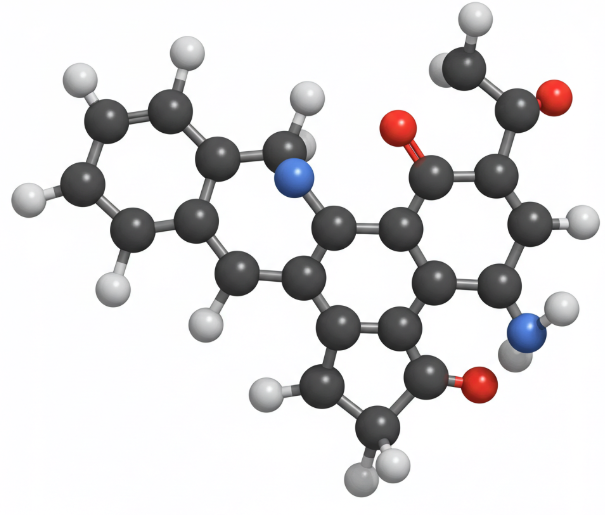
2. X-Rays – Seeing Through by Accident
In 1895, Wilhelm Conrad Roentgen was experimenting with cathode rays when he stumbled upon something strange. He noticed that a nearby fluorescent screen started to glow, even though it wasn’t in the direct path of the rays. Intrigued, he placed various objects between the screen and the rays and realized he could see through them.
What followed was the first-ever image of the inside of a human body—a picture of his wife’s hand showing her bones and wedding ring. Roentgen had discovered X-rays, completely by accident, while studying something entirely unrelated.
This “mistake” opened up a new realm of medical imaging and diagnostics. Today, X-rays are a cornerstone of healthcare, allowing doctors to see inside the human body without surgery. Roentgen's curiosity about an unexplained phenomenon turned into a gift for modern medicine.
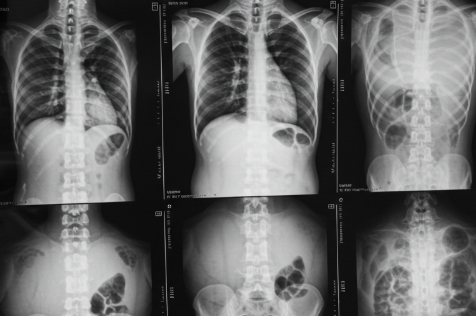
3. Microwave Oven – A Candy Bar Meltdown
Percy Spencer, an engineer working on radar technology during World War II, made a curious observation one day. While standing near a magnetron, he noticed the chocolate bar in his pocket had melted. Instead of brushing it off, he wondered if the microwaves from the device were responsible.
He began experimenting by placing popcorn kernels and even an egg near the magnetron. The popcorn popped; the egg exploded. These fun, chaotic tests laid the groundwork for the modern microwave oven, which revolutionized cooking.
What began as a small snack-related mishap turned into a billion-dollar industry. Thanks to Spencer’s scientific curiosity and openness to explore the unexpected, we now have one of the most convenient kitchen appliances in the world.

4. Post-it Notes – Glue That Was Too Weak
Spencer Silver, a scientist at 3M, was trying to develop a super-strong adhesive in 1968. Instead, he ended up creating one that barely stuck at all. It was a light adhesive that could stick to surfaces but easily peel off without leaving a mark. At first, it seemed like a failure.
But Silver didn’t discard the idea. Instead, he kept promoting the unique properties of the adhesive until a colleague, Art Fry, had a lightbulb moment. Fry used the glue to keep his bookmark in place inside his church hymnal—and it worked perfectly.
That "failed" adhesive became the foundation of the Post-it Note, a product now found in nearly every office and school. It's a classic case of reimagining a mistake as an opportunity—and finding unexpected success.

5. Velcro – A Hiker’s Annoyance Turned Invention
Swiss engineer George de Mestral went for a walk in the woods in 1941 and returned home frustrated. His clothes and his dog’s fur were covered in burrs—those tiny seed hooks that stick to everything. Most people would brush them off, but de Mestral got curious and examined them under a microscope.
What he saw amazed him: the burrs had little hooks that latched onto the loops in fabric. Inspired by nature’s design, he began experimenting with synthetic materials to recreate the effect. After years of tinkering, he invented Velcro—a hook-and-loop fastener that changed the fashion and aerospace industries.
De Mestral's discovery is a great example of how a minor annoyance turned into a global innovation. By paying attention to nature and being open to exploration, he created something both practical and enduring.
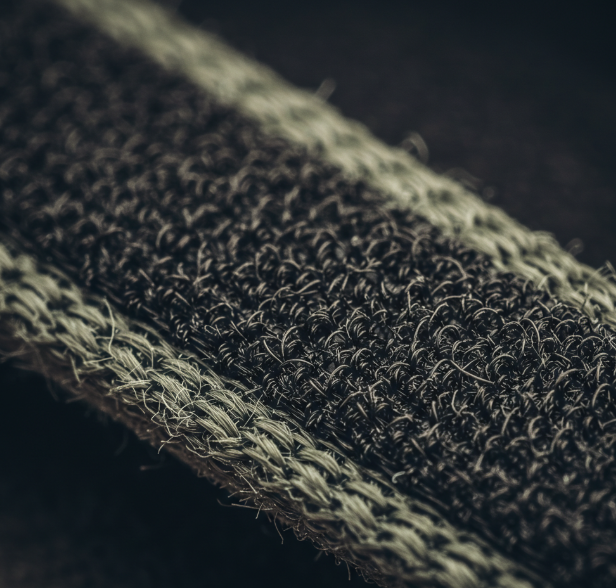
6. Saccharin – Sweetness in a Dirty Lab
In 1879, Constantin Fahlberg, a chemist, forgot to wash his hands after working in his lab and went home for dinner. As he bit into his meal, he noticed it tasted unusually sweet. Realizing the sweetness was coming from a chemical residue on his fingers, he rushed back to the lab to find the source.
That chemical was saccharin, one of the first artificial sweeteners. While its discovery wasn’t exactly hygienic, it opened the door for low-calorie sugar alternatives used by millions today.
Fahlberg’s accident sparked a wave of research into sugar substitutes. Despite early controversy and regulation, saccharin remains a widely used product—and it all began with a moment of carelessness and an unusually tasty dinner.
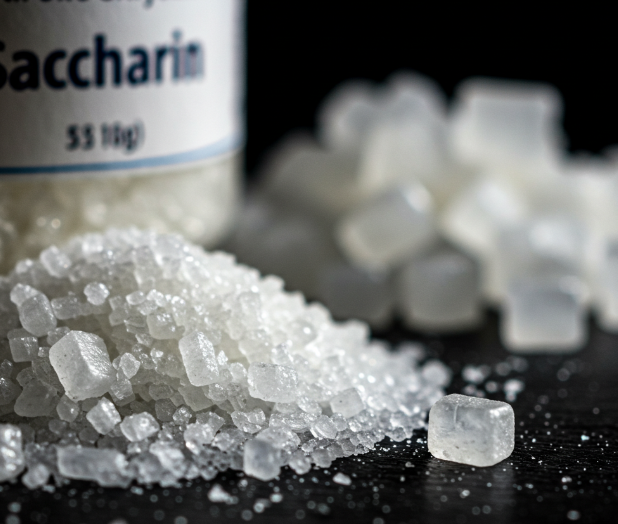
7. Teflon – The Slick Surprise
In 1938, Roy Plunkett, a chemist working for DuPont, was experimenting with refrigerants when he noticed that a gas he had stored in a pressurized container had solidified into a slippery white substance. Puzzled, he cut the container open and found a waxy material with remarkable non-stick properties.
That material was polytetrafluoroethylene, now famously known as Teflon. It resisted heat, friction, and chemical reactions—making it perfect for everything from cookware to aerospace components.
Plunkett hadn’t been looking for a non-stick coating, but his willingness to investigate a failed experiment led to one of the most useful materials ever created. Teflon’s story shows that keeping an open mind can turn a dead-end into a breakthrough.

8. Coca-Cola – A Failed Medicine with a Sweet Twist
In 1886, pharmacist John Pemberton was trying to create a cure for headaches and digestive issues. He mixed coca leaf extract and kola nuts into a syrup and added carbonated water to make it more palatable. The result wasn’t exactly a medicine—it was a tasty, fizzy beverage.
What he stumbled upon was Coca-Cola, a drink that would become the most famous soft drink in the world. Though he intended to make a medical tonic, people loved the flavor and refreshing qualities of the drink far more than its healing claims.
Pemberton’s “mistake” didn’t cure many headaches, but it sure made history. Today, Coca-Cola is more than a beverage—it’s a global brand, all thanks to a failed attempt at pharmacy and a bit of fizz.
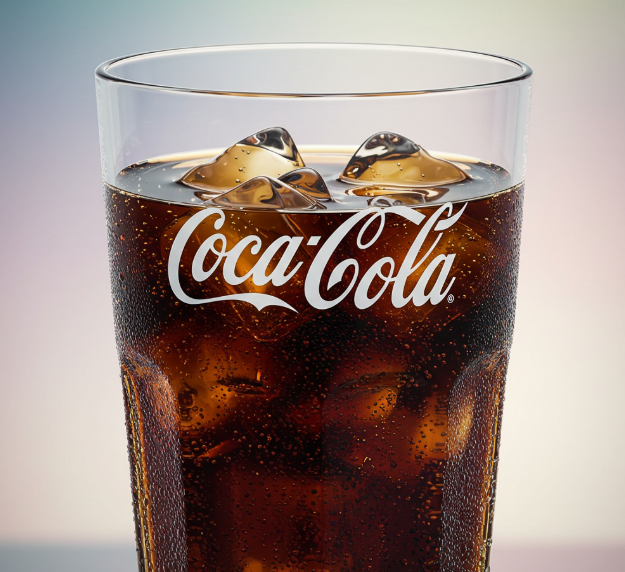
Mistakes aren’t always dead ends; sometimes, they’re stepping stones to something amazing. The stories of these eight accidental discoveries show us that success doesn’t always come from sticking to the plan. Sometimes, it takes a little curiosity, a dash of persistence, and the courage to embrace the unexpected.
Whether you’re in a lab, an office, or just living everyday life, don’t be afraid to make mistakes. What feels like failure today might just be your greatest success tomorrow. After all, you never know when your own happy accident might change the world.
So next time things don’t go as planned, smile. You might just be on the brink of your own incredible discovery.